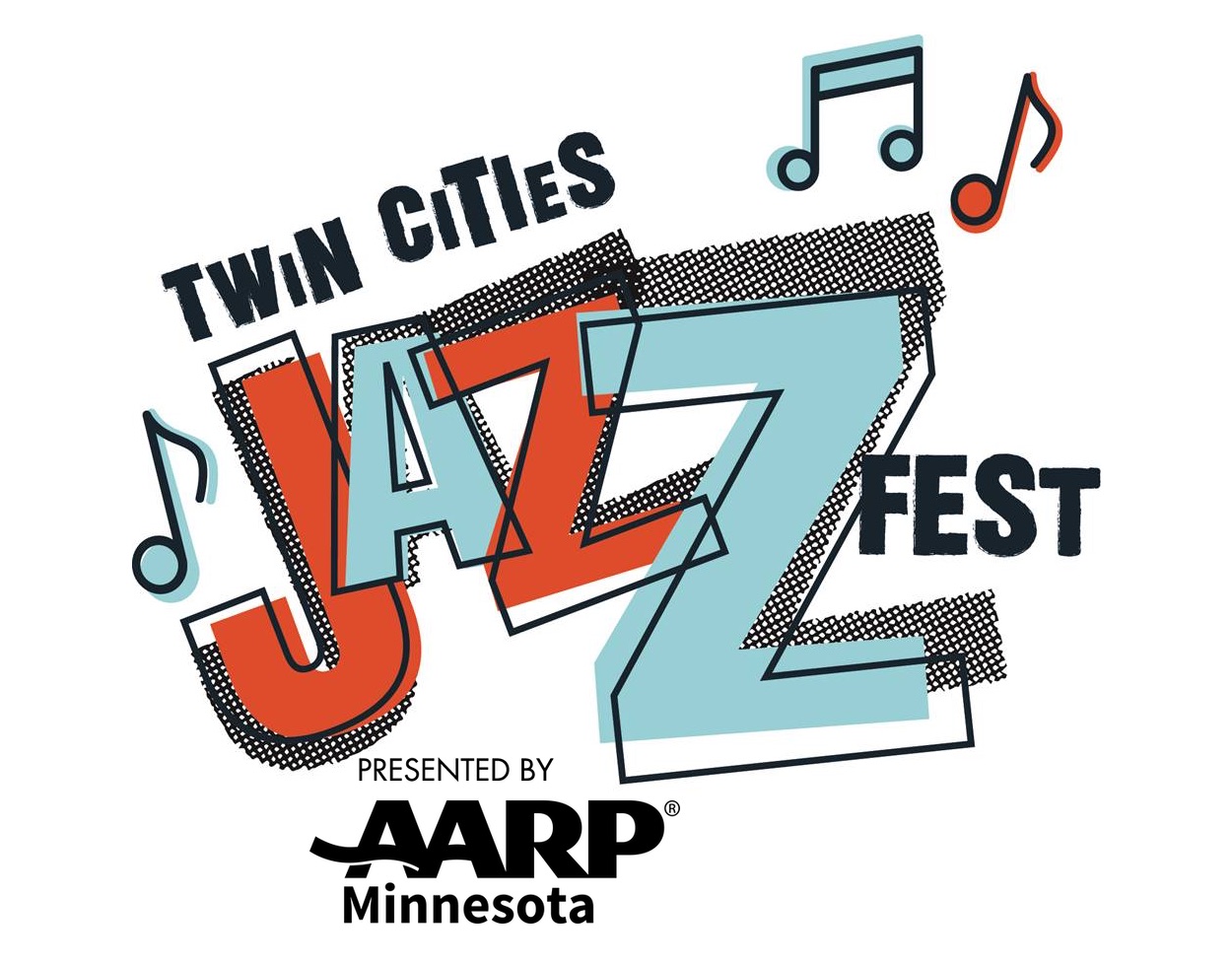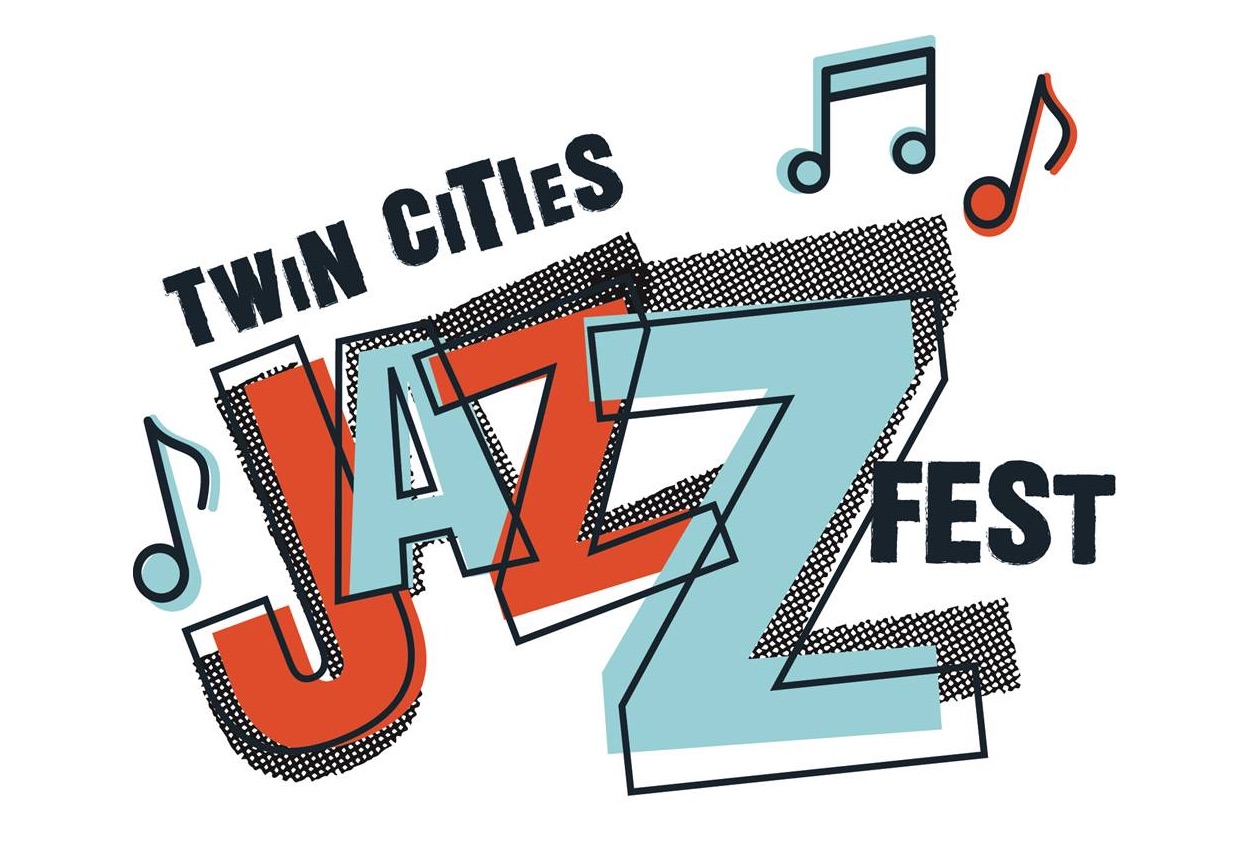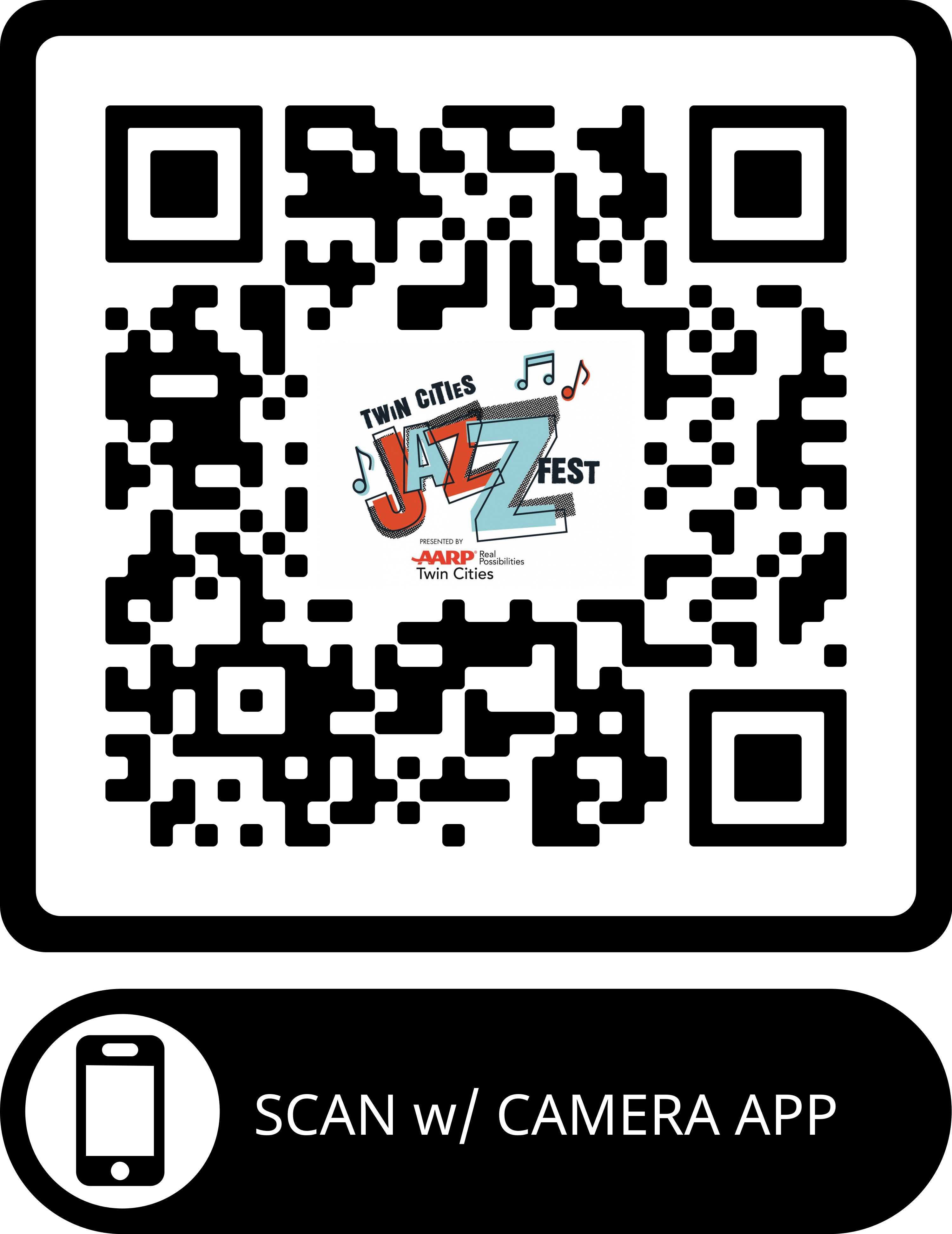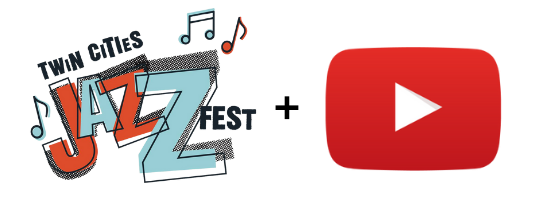Anna Buchholz
A few days into the start of 2017 I had the opportunity to attend my first-ever Association of Performing Arts Presenters conference (newly renamed Association of Performing Arts Professionals) in New York. As one of the largest gatherings of performing artists, managers, arts administrators, and venue programmers, we met and gathered at professional development sessions, plenaries, and most of all, performances.
I heard dozens of incredible speakers from all over the country, representing all genres of music, theater, dance, comedy and about everything in between. I heard about, witnessed, and experienced new projects in every discipline, as well as was inundated with questions about the role of the arts in today’s world, today’s climate, in all of our communities – big, small, rural, urban, East Coast, West Coast, Midwest.
In all corners of the city there were performances going on, both for this conference as well as New York’s Winter Jazz Fest, globalFEST, and dozens of others. I found myself in the Chelsea neighborhood seeing brass band “Red Baraat” who crosses the lines of funk, hip-hop, rock, and jazz with their foundation in the musical traditions of Northern India’s wedding celebrations. From there I was down by NYU at Joe’s Pub seeing the high energy Latin jazz group led by Pedrito Martinez. The entire weekend was like this: non-stop and filled with inspirational speakers, energy-giving performances, and conversations about our communities and arts.
Led by Bruce Labadie from San Jose Jazz and Beth Macmillan from Artown, I attended a session only about festivals, surrounded by festival organizers, and heard about events happening all over North America, including the Yerba Buena Festival, Ann Arbor Summer Fest, Montreal Jazz Fest. The thread connecting all of these unique events in our conversation? How they fit into their communities.
A few thoughts that struck me:
Unlike most other models of performing art in our communities, festivals are so closely tied to their location that the identity of a place cannot be separated from a festival. The number and sheer scope of collaborations needed to make a public festival happen inextricably links festival organizers with city governments, economic development organizations, universities and other major institutions who make up a community. Our festival is no different; our Saint Paul setting defines the jazz festival as much as the musicians who make it up.
One of the speakers also brought up how festivals have the “museum model” within the performing arts – where else can you dabble, poke your head into a venue, and pick and choose your way to three other events? I see some elements of that in the Twin Cities Jazz Festival – thinking back on 2016 and how we had two different main-stage spaces, one in Mears Park and one on Kellogg, offering distinct sounds, vibes, and atmospheres. While to a certain degree festival organizers can plan that, it also comes down to the moment and what the community creates of each of their spaces.
Unsurprisingly, one of the most prominent conversations that was brought up by organizers of other jazz festivals was engaging the millennials, the young generation, and the challenge of staying “hip and cool.” It’s the question so many arts organizations are facing as loyal audiences age and “millennials” become the main consumers in our communities. One of the most common solutions, which is finding success to varying degrees? Interact with the millennials, create interactive experiences for them, and help them build a relationship with your organization.
Reading a recent blog post on this topic, I was struck by this instructive line, written by a millennial “If you engage with me, or any millennial, in the right way, I’ll be your consumer. I’ll do more than just come to your shows; I’ll message my friends about my favorite character, share photos of the venue, and immortalize the funniest, saddest, most impactful moments of the night.”
What stands out there? “I’ll be your consumer.”
As millennials, we want to connect to your event, your festival, your mission. We want to feel a sense of belonging and connection in that. I believe festivals are, in their nature, the perfect opportunity for this. Especially when we, as young consumers, are restricted by ticket price and time, this “museum model” is, kind of, exactly what we want: the flexibility to pick and choose what we see, the opportunity to engage with art without handing over our week’s paycheck, and having that in an environment filled with people of all ages, backgrounds, and interests.
At a time when the possibility of a “free” festival is becoming more rare and more at risk, I left the APAP conference so grateful that in our Twin Cities community, we have this convening once a year of our jazz festival. I was also reminded of the importance of its access for all of our community, who we depend on and collaborate with, to keep not only jazz alive, but our community itself.
That is the role of the arts right now, to sustain and build our communities and everyone within them. I think you’ll find that a lot of millennials are ready and willing to not only be our consumer, but take on that challenge with us.
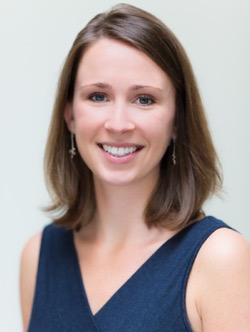
Twin Cities Jazz Bio
Anna Buchholz
Avid jazz listener and Twin Cities arts goer, Anna Buchholz works on the social media and marketing team for Twin Cities Jazz Festival as well as in event planning at Arts Midwest in Minneapolis. A Lawrence University alum, Anna studied jazz and classical saxophone and English in Appleton, Wisc. You will find her listening to the work of Maria Schneider, Fred Sturm, and Prairie Home Companion with Chris Thile.
